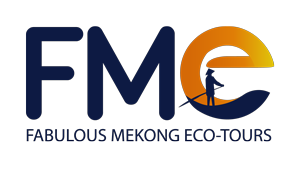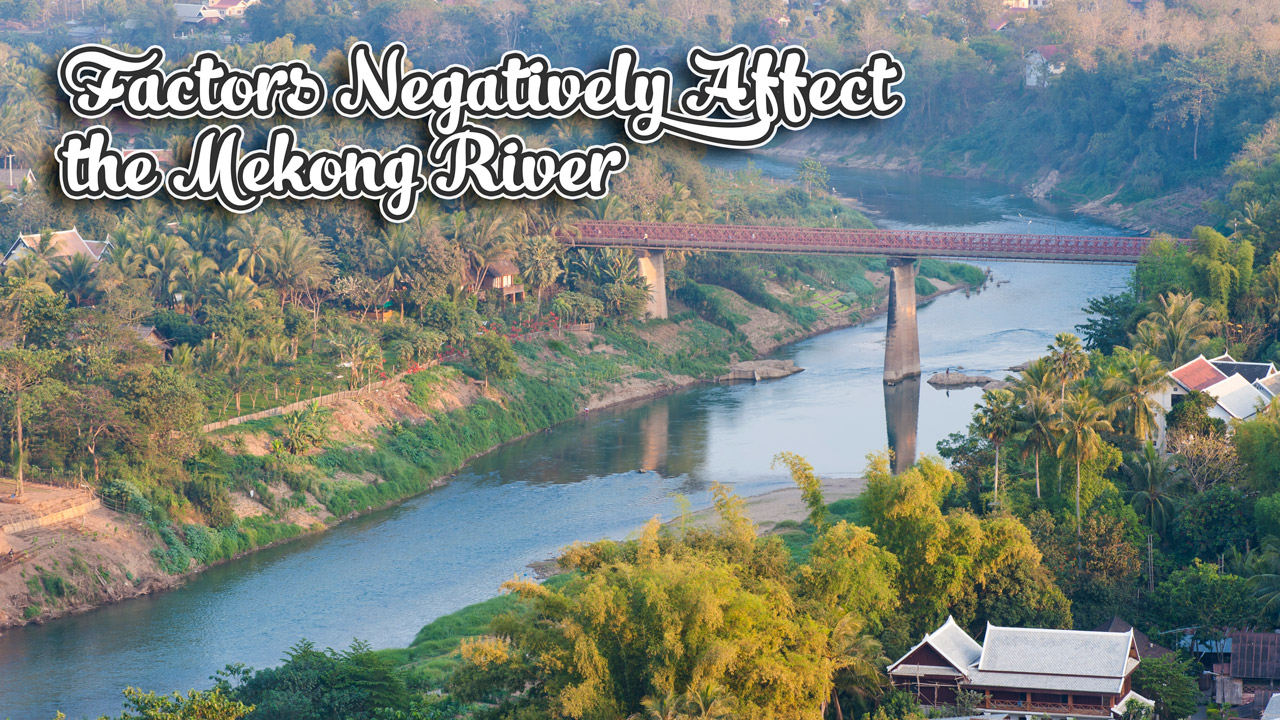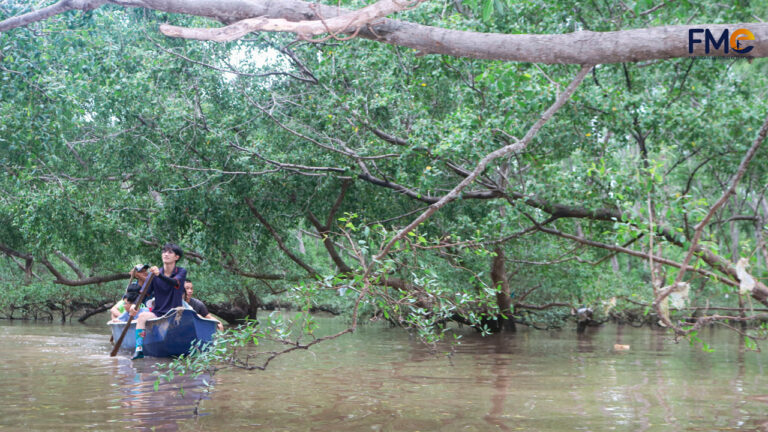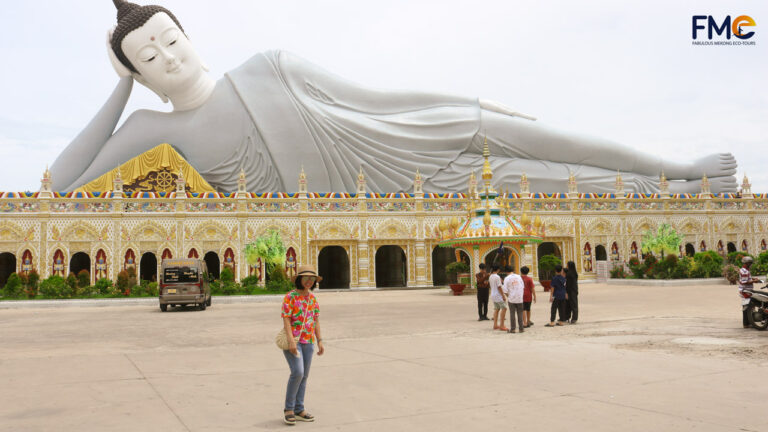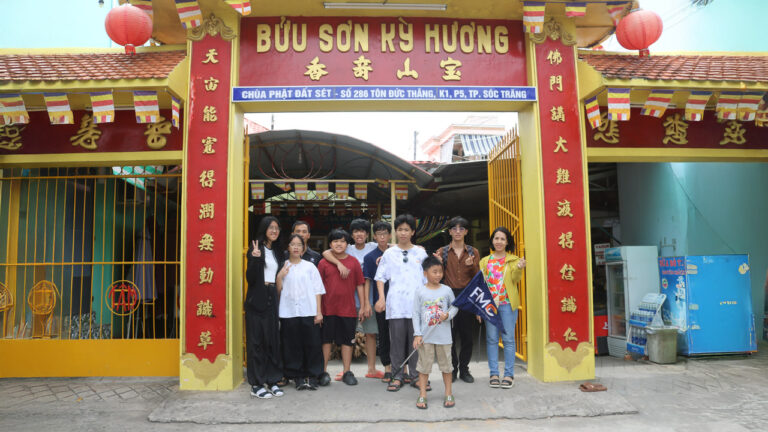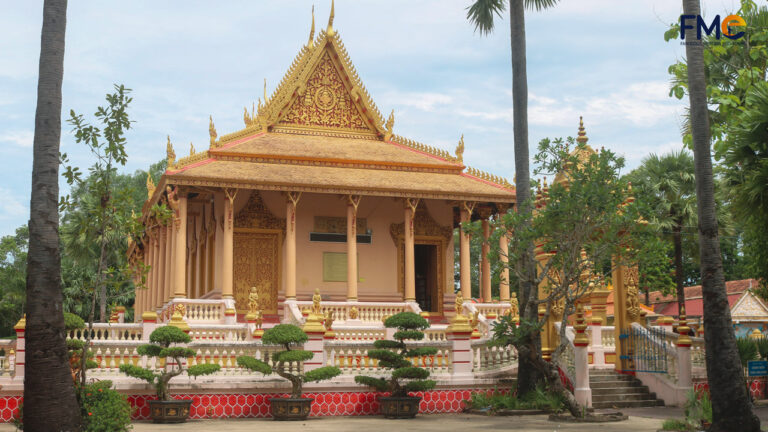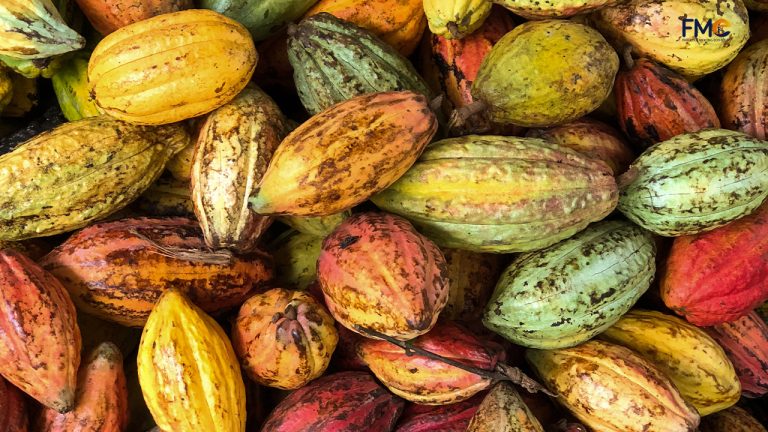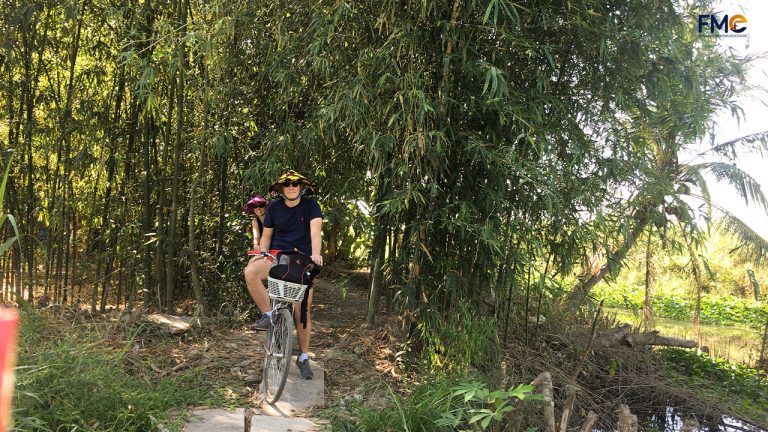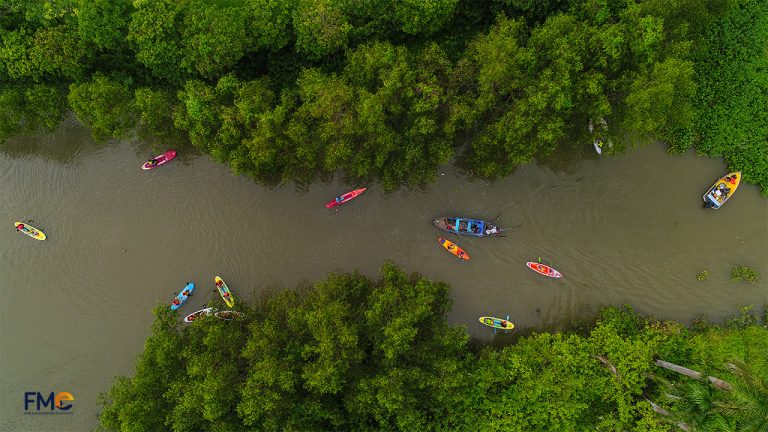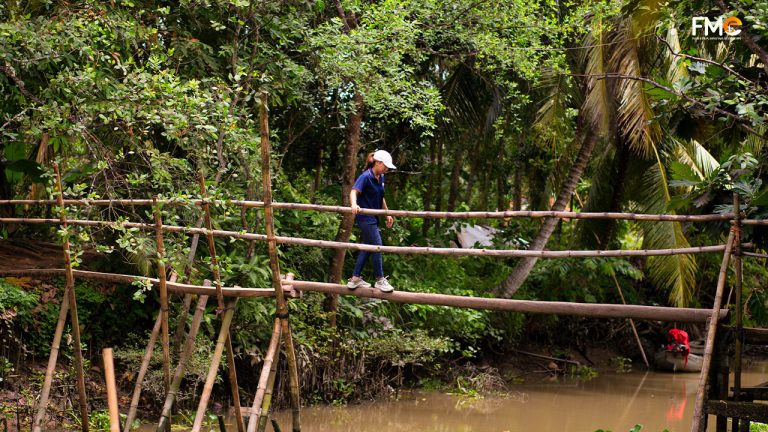The Mekong River is one of the world’s most significant rivers, originating in Tibet and flowing through six countries in Southeast Asia. It is a source of livelihood for millions of people and home to unique ecosystems.
However, various factors have negatively affected the Mekong’s health, leading to ecological imbalances, habitat degradation, and environmental pollution.
See more: Fun facts about Mekong River.
In this article, we will discuss some of the factors that are negatively impacting the Mekong and their consequences.
Table of Contents
Toggle1. Climate Change
Climate change is a global phenomenon affecting various ecosystems, including the Mekong. The region is experiencing rising temperatures, changing rainfall patterns, and extreme weather events like droughts, floods, and typhoons.
These changes have severe consequences for the river’s ecology, including altering its water flow, nutrient levels, and oxygen content. The Mekong’s fish population, which is crucial for food security and economic development in the region, is also threatened by climate change.
Humanity produces 300 million tonnes of plastic waste each year, of which about 8 million tonnes ends up in the ocean. More than 800 marine and coastal species are affected by this pollution through ingestion, entanglement, and other dangers.
2. Hydropower Development
The Mekong is rich in hydropower potential, and several countries in the region have built or plan to build large dams along the river. While hydropower is a clean energy source, it also has significant environmental and social impacts.

Building dams can alter the river’s flow, disrupt sediment transport, and affect the habitat of fish and other aquatic organisms. It can also displace communities living near the river, negatively impacting their livelihoods and cultural heritage.
Find out more: How many dams are there on the Mekong River?
3. Agricultural Practices
Agriculture is a significant source of income for many communities in the Mekong region. However, unsustainable agricultural practices have led to soil erosion, water pollution, and habitat destruction.
Pesticides and fertilizers used in agriculture can contaminate the river and harm aquatic organisms. Additionally, the expansion of agricultural land has led to deforestation and the loss of critical wildlife habitats.
See more reports on: Agriculture and Water Quality in Vietnam’s Mekong Delta.
A growing concern on the deleterious effects of chemical inputs to the environment has been on the rise from the excessive use of chemical inputs leading to soil and water pollution, destruction to fauna and microbial communities, reduced soil fertility and increased crop disease susceptibility
4. Illegal Fishing
Illegal fishing is a widespread problem in the Mekong, with some estimates suggesting that up to 80% of fishing in the river is illegal. This practice, which involves using destructive fishing methods and overfishing, has led to a decline in fish populations and damaged the river’s ecosystem. It also undermines the livelihoods of local communities who rely on fishing for their income.
The Mekong River produces 4.5 million metric tons (9.9 billion pounds) of fish every year
MRC Mekong
5. Urbanization and Industrialization
Rapid urbanization and industrialization in the Mekong region have led to increased pollution and habitat destruction. Industrial activities and urbanization generate large amounts of wastewater, which often contains harmful chemicals and pollutants.
This pollution can negatively impact the river’s water quality, aquatic organisms, and the health of people who rely on the river for drinking water.
Find out more: Mekong Infrastructure Tracker Dashboard.
6. Sand Mining
Sand mining is a practice that involves removing sand from riverbeds and banks, and it has significant environmental and social impacts. Sand mining can alter the river’s flow, leading to erosion and sedimentation problems.
It can also affect the habitat of aquatic organisms, including fish and other wildlife. Furthermore, sand mining can lead to the displacement of communities living near the river and harm their livelihoods.
Sand mining in the Tien River branch in Vietnam is estimated at 4.64 ± 0.31 million cubic meters per year for 2018, which is five to nine times more than the natural replenishment rate of sand by the river.
7. Deforestation
Deforestation is a widespread problem in the Mekong region, with the loss of forests leading to habitat destruction, soil erosion, and the loss of critical ecosystem services.

Forests play a crucial role in regulating the Mekong’s water cycle, and their loss can lead to more frequent and severe flooding and droughts. Deforestation also reduces the ability of forests to sequester carbon, contributing to climate change.
- The Mekong River basin covers an area of about 795,000 square kilometers, of which 43% is forested.
- The forest cover in the Mekong River basin declined from 66% in 1973 to 47% in 2009, with an annual deforestation rate of 0.5%.
- The forest cover in Cambodia’s Mekong River basin declined from 73% in 1973 to 43% in 2014, with an annual deforestation rate of 0.8%.
- The forest cover in Thailand’s Mekong River basin increased from 28% in 1973 to 37% in 2017, with an annual reforestation rate of 0.2%.
- The forest cover in Vietnam’s Mekong River basin declined from 43% in 1973 to 16% in 2017, with an annual deforestation rate of 1.1%.
- The forest cover in Laos’ Mekong River basin declined from 82% in 1973 to 58% in 2017, with an annual deforestation rate of 0.6%.
- The forest cover in Myanmar’s Mekong River basin declined from 76% in 1973 to 67% in 2017, with an annual deforestation rate of 0.2%.
8. Mining
Mining activities in the Mekong region can have significant environmental and social impacts. Mining often involves the use of toxic chemicals and heavy machinery, which can cause soil erosion, habitat destruction, and water pollution. The waste products generated by mining, including heavy metals and chemicals, can contaminate the river and harm aquatic organisms.
Additionally, mining activities can displace local communities and negatively impact their livelihoods.
9. Overfishing
Overfishing is another significant threat to the Mekong’s health. Overfishing occurs when fish are caught at a rate faster than they can reproduce, leading to a decline in fish populations. This practice not only harms the river’s ecosystem but also undermines the livelihoods of local communities who rely on fishing for their income.
- The Mekong River produces 4.5 million metric tons of fish every year, contributing about 80% of the protein consumed in the region’s households.
- The total fish catch in the Lower Mekong Basin is estimated at 2.3 million tonnes and 11 billion US dollars per year.
- The Mekong River is the world’s third most diverse fish population, with 1,148 fish species, after the Amazon and Congo river basins.
- Overfishing along the Mekong River threatens not only large species but the overall catch as well. The number of fishers in the Tonle Sap River basin has increased from 360,000 in the 1940s to an estimated 1.2 million in 1995.
- Overfishing and habitat degradation caused by rapid population growth, infrastructure development, and climate change are placing pressure on the Mekong’s fisheries and aquatic resources.
10. Invasive Species
Invasive species, such as the giant catfish and water hyacinth, can have significant ecological impacts on the Mekong’s ecosystem. Invasive species can outcompete native species for resources, alter the river’s food web, and disrupt the river’s natural balance. They can also negatively impact the livelihoods of local communities who rely on the river’s natural resources.
11. Illegal Wildlife Trade
Illegal wildlife trade is a significant problem in the Mekong, with the region serving as a major hub for the trade in wildlife and wildlife products. This trade can lead to the depletion of wildlife populations and the loss of critical ecosystem services. It can also harm local communities who rely on wildlife for their livelihoods and cultural heritage.
12. Poor Governance and Enforcement
Poor governance and weak enforcement of environmental laws and regulations are significant challenges facing the Mekong region. This situation can lead to uncontrolled development, unsustainable resource use, and environmental degradation. Additionally, corruption and political instability can hinder efforts to address environmental challenges in the region.
13. Lack of Public Awareness
Finally, a lack of public awareness about environmental issues and their impacts is a significant challenge facing the Mekong region. Raising public awareness about the importance of environmental protection and sustainable resource use can help to address the root causes of environmental degradation in the region.
In conclusion, the Mekong River is facing numerous challenges that are negatively impacting its health and ecological balance. Addressing these challenges will require concerted efforts from governments, civil society, and local communities. By taking action to address the factors discussed in this article, we can ensure the long-term sustainability of the Mekong River and its ecosystems.
TRAVEL STORIES AND NEWS
Explore Mekong Stories
The Most Popular Tours offered by FME Travel
